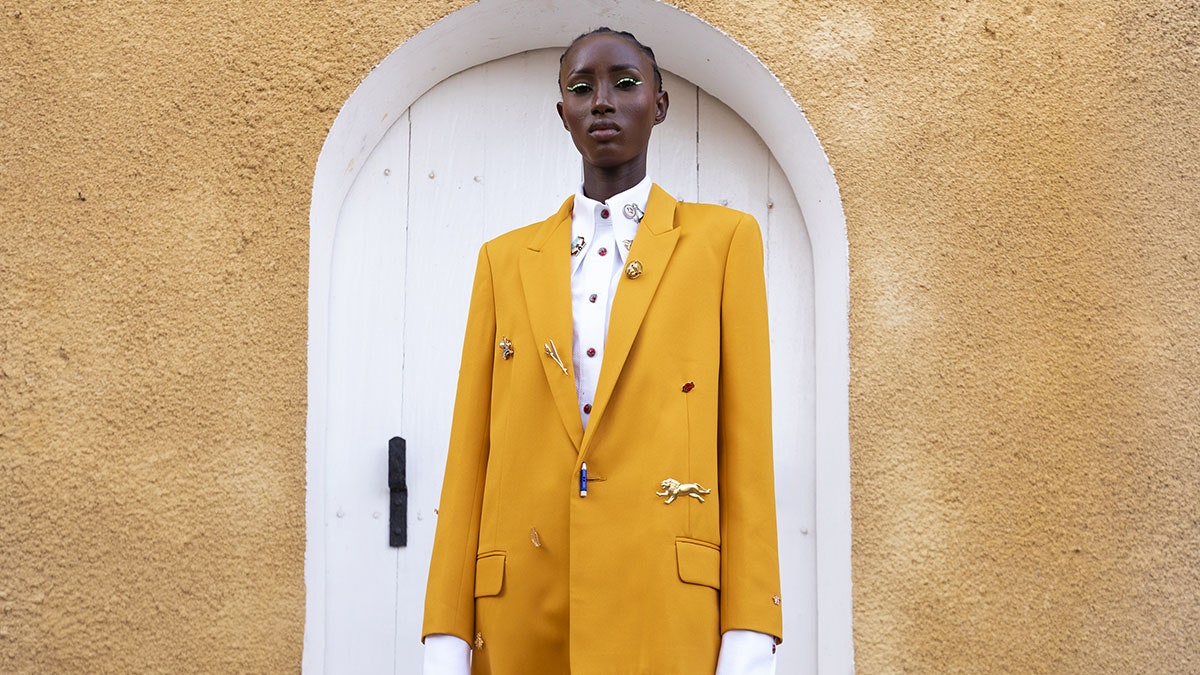
The 84-page Unesco report is launched as major fashion houses and brands show interest in Africa. Last December, Chanel held its annual Métiers d’Art show in Senegal during Dakar Fashion Week — Chanel’s first show in Africa and the first-ever to be staged in Sub-Saharan Africa by a global luxury fashion house. In the same month, Dior staged its men’s pre-fall show before the Pyramids of Giza in Egypt. Beyond these high-profile events, the report highlights the broad scale of the textile and garment manufacturing industry. Egypt, Ethiopia, Lesotho, Madagascar, Mauritius, Morocco, and Tunisia all produce goods, mostly for global mainstream fashion brands.
Outside of the continent, a number of events are shining a spotlight on African design, craftsmanship and textiles. Italy’s Afro Fashion Week Milano, which takes place alongside Milan Fashion Week, provides an international platform for emerging African, Afro-descendent and Afro-inspired designers. In Paris, the African Fashion Up initiative, launched by digital content platform Share Africa, has launched an incubator programme, backed by the likes of Balenciaga and Galeries Lafayette.
Opportunities, challenges for African fashion
A longtime impediment to development of Africa’s fashion sector is the lack of investment. Designers often look outside of the continent for support. For luxury and premium brands, the emergence of specialist investment company Birimian Ventures, launched in 2020, is promising. Prizes can also help: Nigerian designer Adeju Thompson, founder of Lagos Space Programme, says winning the International Woolmark Prize in May, worth AU$200,000 (£107,000), was a game-changer. “There’s so much I want to do right now in terms of scaling up my company, hiring more people and purchasing better machinery,” he told Vogue Business at the time.
Much bigger sums are required for investment in infrastructure, such as to help process raw materials such as cotton. Another pain point is limited data and resources. Without accurate data, it’s difficult to measure growth within the creative industry and understand how it is contributing to the wider economy. Unesco is exploring how to better document the evolution of the fashion industry — the report in itself represents a starting point.
Improved digitalisation across many African countries has made it easier for businesses to operate via online and social media channels. E-commerce penetration in Africa rose from 13 per cent of consumers in 2017 to 28 per cent in 2021, enabling brands to access African consumers as well as connect with the international markets.
The wider sustainability goal
Fast fashion’s impact on Africa remains a major challenge. The African continent receives a third of all secondhand exports, which have an inevitable impact on local ecosystems and creation. According to the report, imported secondhand clothes are taking a heavy portion of the domestic fashion market away from local designers and businesses. “Fast fashion has produced and continues to cause disasters both in countries that produce fast fashion but also in Africa,” says Toussaint Tiendrebeogo, secretary of the Unesco 2005 convention on the protection and promotion of the diversity of cultural expressions.
